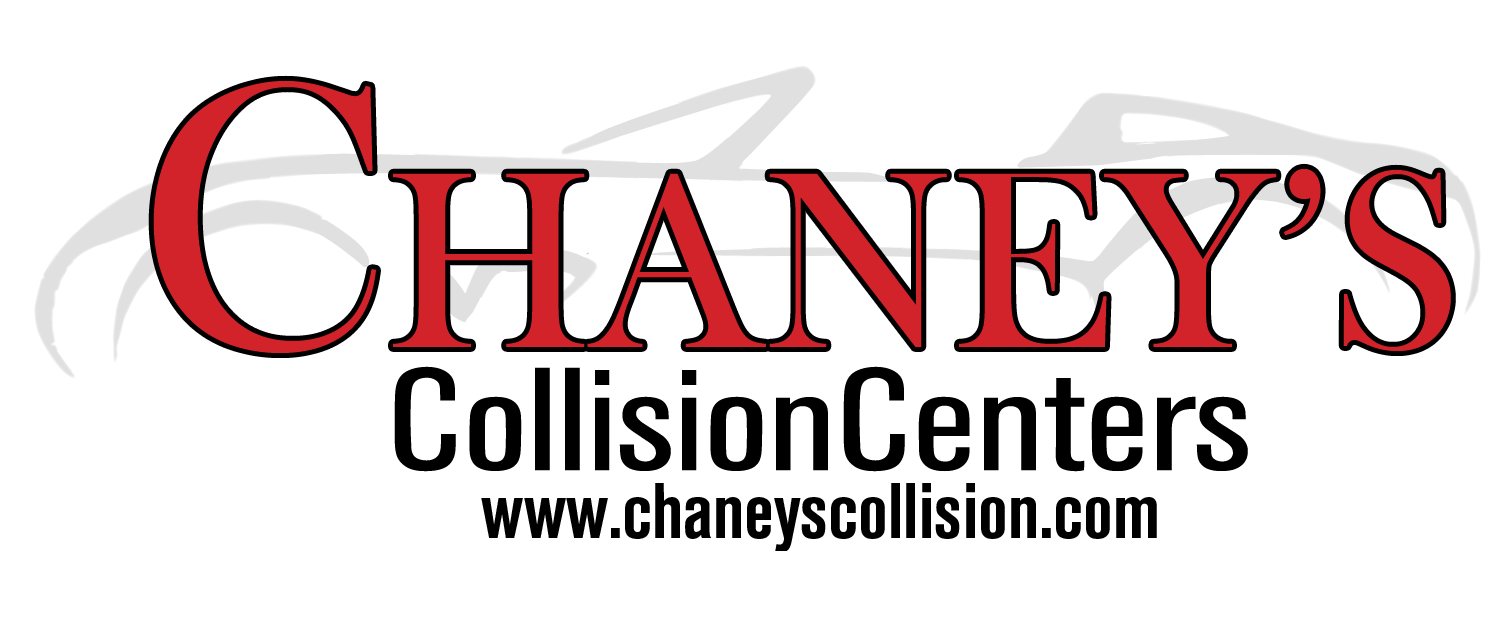How to Check the Quality of a Collision Repair Job
 After your vehicle has been involved in a collision and undergone repairs, it’s essential to verify the quality of the work performed. Ensuring the repair job has been executed correctly is crucial not only for the appearance of your car but, more importantly, for your safety and the vehicle’s long-term functionality. This article provides a detailed guide on how to evaluate the quality of a collision repair job, helping you make sure that your vehicle has been restored to its pre-accident condition.
After your vehicle has been involved in a collision and undergone repairs, it’s essential to verify the quality of the work performed. Ensuring the repair job has been executed correctly is crucial not only for the appearance of your car but, more importantly, for your safety and the vehicle’s long-term functionality. This article provides a detailed guide on how to evaluate the quality of a collision repair job, helping you make sure that your vehicle has been restored to its pre-accident condition.
Visual Inspection
Exterior Check
Start with a thorough visual inspection of the exterior where the repairs were made. Check for discrepancies in paint color and finish. The new paint should match the existing car’s paint seamlessly in color, texture, and sheen. Look for any signs of overspray on windows, rubber seals, or non-painted surfaces, which can indicate sloppy work.
Alignment of Panels
Check the gaps between body panels (e.g., between the doors and the frame, the hood, and the fenders). These gaps should be uniform all around the vehicle. Uneven gaps or misaligned panels are a sign of poor craftsmanship. Doors, trunk lid, and hood should open and close smoothly, without any unusual effort or noise.
Lighting and Details
Ensure that all lights, including headlights, taillights, and turn signals, are correctly aligned and functioning properly. Check that all trim pieces and badges have been replaced correctly and are securely attached without any adhesive showing.
Mechanical Inspection
Test Drive
Take the car for a test drive to check for any mechanical issues. Listen for unusual noises like rattling or squeaking, which could indicate loose or improperly fitted parts. The vehicle should handle as it did before the accident, without any vibrations or pulling to one side. Pay attention to the braking and steering performance.
Under the Hood
Look under the hood to ensure that everything is in order, especially around areas that were repaired. There should be no loose or dangling wires, and all fluid levels should be proper. Check for any leaks or fresh signs of damage.
Wheel Alignment Check
If the collision involved the undercarriage or the wheels, it’s important to verify that the wheel alignment is correct. Improper alignment can cause uneven tire wear and affect the car’s handling, which can be dangerous at high speeds.
Safety Features Verification
Airbag Indicator Check
Ensure that the airbag indicator functions as expected. If the airbags were deployed in the accident, they must have been replaced correctly. An airbag light that stays on or flashes is a red flag that something might not have been installed properly.
Onboard Diagnostics
Consider having a full diagnostic scan done on your vehicle. This can help identify errors that might not be apparent through physical and manual testing alone, especially related to the electronic systems in modern cars.
Documentation Review
Final Paperwork
Review all final paperwork and receipts carefully. Ensure that they reflect all the work that was done, including parts replacements. The documents should list each repair along with the parts that were used and their warranty information.
Conclusion
Checking the quality of a collision repair job involves detailed inspections and tests. By following these steps, you can feel confident that your vehicle has been restored properly, ensuring your safety and preserving the value of your car. Always address any discrepancies immediately with the repair shop before accepting the final delivery of your vehicle.
